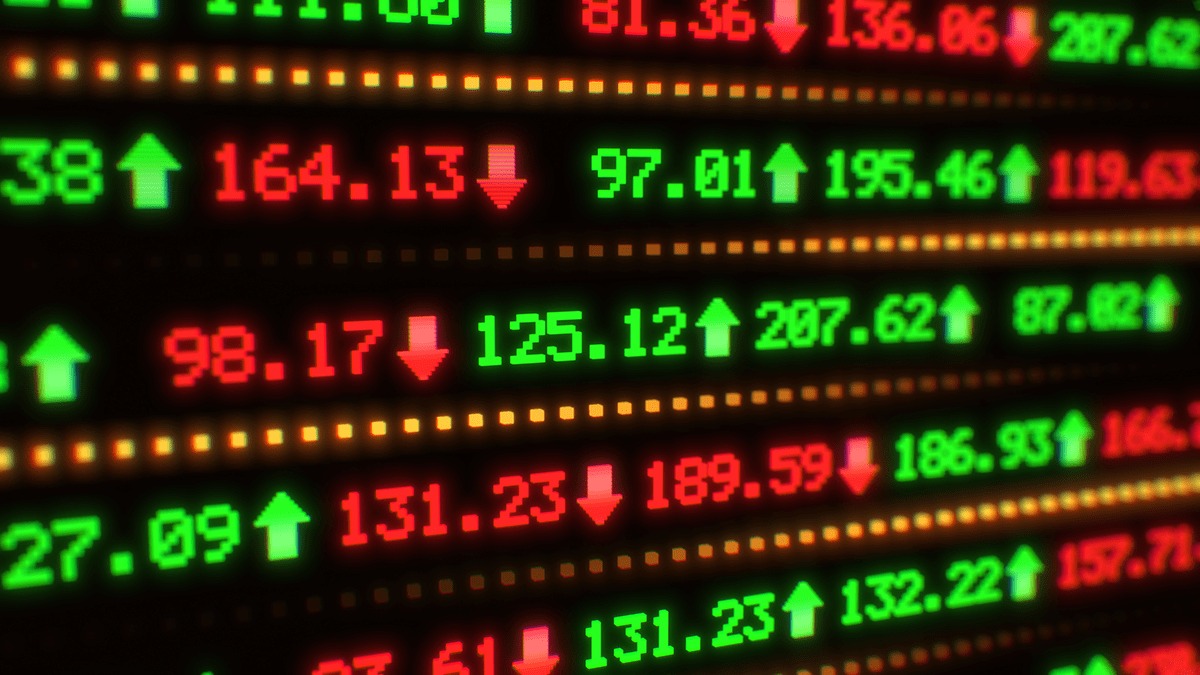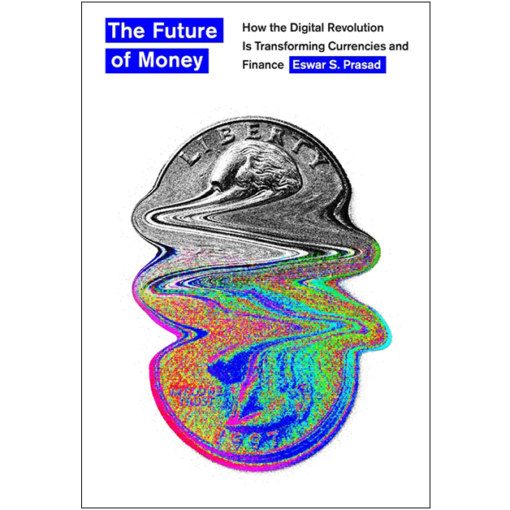[ad_1]
When it comes to volatility, finance has two schools of thought: The classical view associates greater risk with greater reward. The more risk a portfolio takes on, the more potential return it may earn over the long run. The more modern perspective takes the opposite view: The lower a security or portfolio’s risk (or volatility), the higher its anticipated return.
This second view, often called the “low-volatility anomaly,” has propelled the introduction over the last 10 years of hundreds of exchange-traded funds (ETFs) and mutual funds that design equity portfolios with the goal of minimizing volatility.
So which is it? Are low-volatility or high-volatility strategies the better choice when it comes to equity returns?
To answer this question, we used Morningstar Direct data to examine the returns of all low- and high-volatility equity mutual funds and ETFs over the past decade. First, we collected performance data from all US dollar-denominated equity mutual funds and ETFs whose objective is to either minimize volatility or to invest in high-volatility stocks. These low-volatility funds were often named “low beta” or “minimized volatility,” while their high-volatility counterparts were dubbed “high beta.”
We then analyzed how these funds performed relative to one another on a post-tax basis in the United States, internationally, and in emerging markets.
Our results were clear and unequivocal.
The first striking takeaway: US high-volatility funds did much better than their low-volatility peers. The average high-volatility fund earned an annualized return of 15.89% on a post-tax basis over the past 10 years, compared to just 5.16% over the same period for the average low-beta fund.
| Low Vol./Low Beta | Post-Tax Annualized Return (10 Years) | Post-Tax Annualized Return (Five Years) | Volatility |
| US | 5.16% | 7.83% | 11.93% |
| International/Global | 2.51% | 4.68% | 12.58% |
| Emerging Markets | 0.11% | 0.56% | 15.02% |
| High Vol./High Beta | Post-Tax Annualized Return (10 Years) | Post-Tax Annualized Return (Five Years) | Volatility |
| US | 15.89% | 14.33% | 21.49% |
| International/Global | 5.81% | 6.21% | 17.39% |
| Emerging Markets | 4.55% | 8.04% | 19.54% |
When we broadened our examination beyond the United States, we found similar results. Funds that focused on low-volatility international stocks averaged a post-tax annual return of 2.51% over the past 10 years compared to 5.81% for high-volatility funds over the same time period.
The outperformance of riskier stocks was even more pronounced in emerging markets, with high-beta funds outpacing low-beta funds 4.55% to 0.11% over the last decade.
Indeed, most low-volatility funds didn’t even match a broad market index. The average S&P 500 focused mutual fund or ETF delivered 11.72% and 10.67% on an annual basis over the past five and 10 years, respectively, well in excess of what low-volatility funds as a class have delivered.
All told, whatever the conceits of the low-volatility anomaly, high-volatility mutual funds and ETFs have earned considerably higher returns over the past 10 years. Whether this trend continues over the next 10 years or was itself an anomaly will be a key development to watch.
If you liked this post, don’t forget to subscribe to the Enterprising Investor.
All posts are the opinion of the author. As such, they should not be construed as investment advice, nor do the opinions expressed necessarily reflect the views of CFA Institute or the author’s employer.
Image credit: ©Getty Images / IncrediVFX
Professional Learning for CFA Institute Members
CFA Institute members are empowered to self-determine and self-report professional learning (PL) credits earned, including content on Enterprising Investor. Members can record credits easily using their online PL tracker.
[ad_2]
Source link








 Bitcoin
Bitcoin  Tether
Tether  XRP
XRP  USDC
USDC  Lido Staked Ether
Lido Staked Ether  Dogecoin
Dogecoin  LEO Token
LEO Token